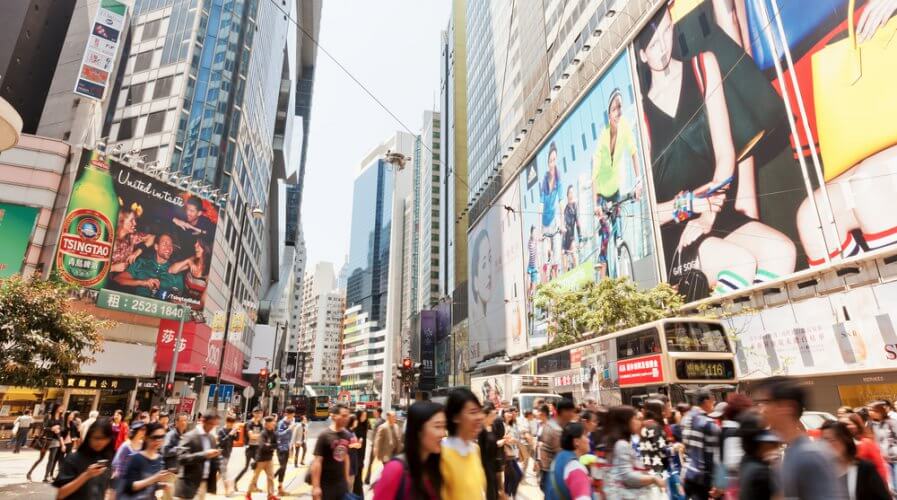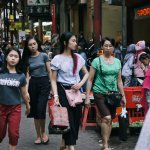
The retail scene in Hong Kong is advancing quickly. Source: Shutterstock
Why technology investments are tough for Asian retailers
THE Asian retail market is not homogenous.
China, for example, is in a league of its own, developing new and innovative concepts every few months — fuelling the growth of e-commerce while retaining the charm of its many malls.
Indonesia and the Philippines, on the other hand, are quite handicapped when it comes to innovating for retail despite having a booming e-commerce ecosystem.
Others, like Singapore, Malaysia, and Australia — being more developed markets — see more of a consumer-driven demand for tech and innovation in the retail space.
According to a new study by Cisco, retailers in the Asia Pacific region are finding it quite hard to understand the new technologies that are now on offer.
Each has quite remarkable benefits, but it seems that understanding what will make the biggest impact on customers is their biggest challenge.
The study spoke to retailers in 11 countries in the region, a total of 132 retail businesses in all. However, there was hardly any consensus among them about which technology is going to be their main focus in the coming months.
Retailers in India, China, and Malaysia seem to think that the internet of things (IoT) and artificial intelligence (AI) will make the biggest dent in the industry, while Vietnam and Indonesia are betting big on cloud, big data, and automation.
Despite Thailand somewhat leading the way with automation and AI among ASEAN countries in the region, it’s retail sector isn’t betting on these technologies. Instead, they’re expecting the cloud to create new opportunities and outsized returns for them.
It’s interesting to note that in Singapore, Vietnam, and Malaysia, cybersecurity seems to have become a key focus for retailers — with 100 percent, 80 percent, and 75 percent of the retailers in these markets suggesting that cybersecurity is something they’re investing in right now.
Although the study has been silent on the popularity and growing applications of augmented reality (AR), virtual reality (VR), and 3D printing in the retail space, it seems as though these are also technologies that retailers in this part of the world are investing in.
Shoemakers like Adidas and Reebok, for example, are exploring the applications of 3D printing to help customize products and increase foot traffic to stores. Zara, on the other hand, experimented with AR and VR at its stories in Asia and across the world recently.
These technologies seem to be quite affordable and easy to implement as compared to IoT and AI — while also maximizing impact on customers who are wowed by the innovative applications AR, VR, and 3D printing support.
Despite the confusion and lack of consensus about which technology to focus on for retail innovations, it seems as though the sentiment towards digital transformation is positive, which means the coming months will be exciting for the industry as a whole, across the APAC.
READ MORE
- Ethical AI: The renewed importance of safeguarding data and customer privacy in Generative AI applications
- How Japan balances AI-driven opportunities with cybersecurity needs
- Deploying SASE: Benchmarking your approach
- Insurance everywhere all at once: the digital transformation of the APAC insurance industry
- Google parent Alphabet eyes HubSpot: A potential acquisition shaping the future of CRM




